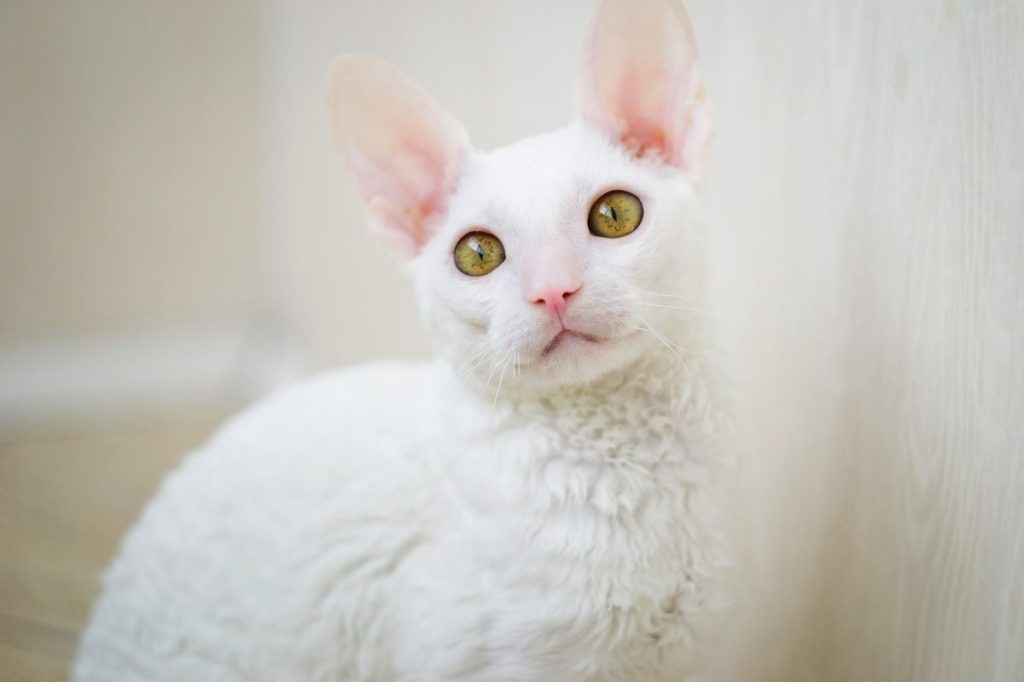The Cornish Rex cat, with their striking appearance and unique characteristics, is a captivating breed that has captured the hearts of cat lovers worldwide. These elegant felines have a wavy coat that is soft and fine, resembling crushed velvet. Additionally, their large ears and inquisitive nature set them apart in the world of domestic cats.
This beloved breed…

